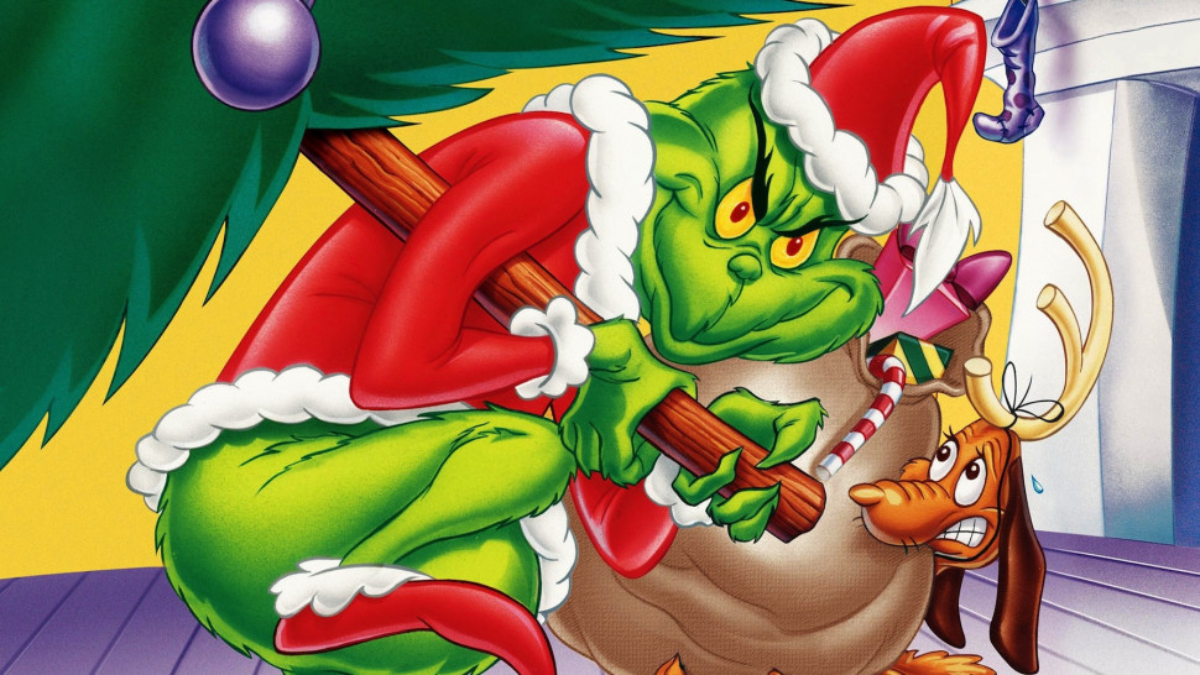The movie adaptation of “How the Grinch Stole Christmas,” directed by Ron Howard, is a polarizing holiday film that has become a staple in many families’ seasonal traditions. It presents Dr. Seuss’ magical Whoville with vivid and vibrant visuals, while Jim Carrey’s portrayal of the Grinch stands out for its physical demands and the actor’s remarkable performance.
However, where the film deviates from the classic 26-minute cartoon is in its added scenes and expansions to fill the feature-length runtime. These additions include flashbacks, interviews conducted by Cindy Lou Who, and the depiction of the Grinch’s arrival in Whoville as a baby. One particular scene, often referred to as the “key party,” introduces an adult-themed event into what is ostensibly a family film.
For those unfamiliar, a key party is a partner-swapping affair where participants place their keys into a bowl, and later, keys are drawn at random, determining the pairings for intimate encounters. This concept has been referenced in various forms of media, but “How the Grinch Stole Christmas” is one of the few instances where it appears in a family-oriented context.
The key party scene in the movie includes suggestive and risqué elements that are notably inappropriate for younger audiences. As the camera approaches the fishbowl filled with keys, viewers witness suggestive behaviors among some of the characters, including role-play and pursuit for romantic encounters. The implication of adult-oriented activities taking place inside the house is heightened by the Grinch’s voyeuristic observation through a window, leading to his cynical and anti-Christmas persona.
Additionally, the film subtly infuses adult themes and innuendos throughout, such as romantic desires among various characters in Whoville. Mayor Augustus MayWho’s attraction toward Martha May Whovier, Martha’s attraction toward the Grinch, and the Grinch’s pursuit of power through thwarting Christmas all contribute to an underlying tone of adult desires within the narrative.
Moreover, the Grinch’s adoptive mothers, Clarnella and Rose, raise questions about their relationship, suggesting the possibility of a queer partnership. While the film never explicitly addresses this, it presents an adult-themed subplot that contrasts with the perception of a family-friendly Christmas movie.
Overall, “How the Grinch Stole Christmas” contains numerous subtle references and scenes that imply adult themes and behaviors, including partner swapping, romantic desires, and other mature elements, which may not be readily apparent to younger audiences but are noticeable to more discerning or responsible viewers. This juxtaposition of adult-oriented subtexts within the context of a seemingly festive and family-friendly film might challenge some viewers’ perceptions of the movie’s suitability for all audiences.
The film’s portrayal of Whoville includes depictions of modern vices, homelessness, implied substance abuse, and even a suggestion of a Who mafia, contributing to a darker and more complex narrative underlying the ostensibly whimsical and joyous setting.

